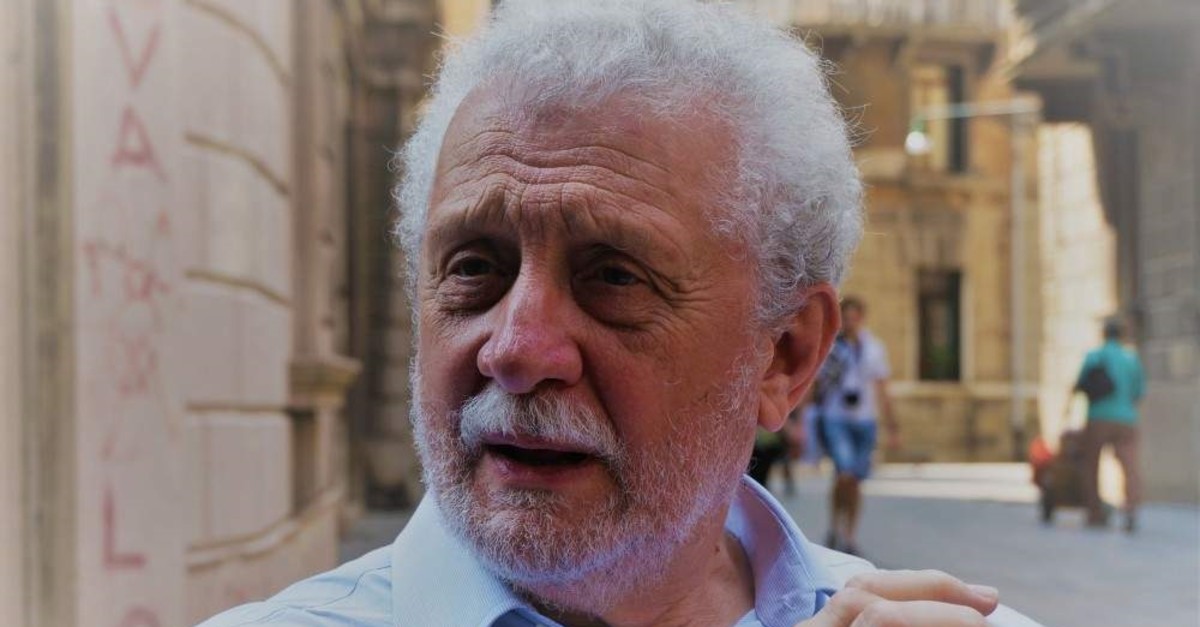Architectural history is a relatively new discipline, even in Western countries, emerging after World War II as a reaction against the devastating impact the war had on Europe’s architectural heritage. Warplanes and artillery destroyed many historical sites in European cities, putting the architectural patrimony of Western European countries in danger. Thus, preservation efforts were born as compensation, which gave rise to the emergence of many practices and disciplines concerning architecture, including architectural history.
On the other hand, Turkey has no memories of World War II destruction; however, Turkish architectural heritage suffered because of modernization and rapid urbanization after the war. Architectural literature has grown out of four types of knowledge in Turkey: knowledge of buildings, knowledge of construction, knowledge of preservation and history of architecture. The history of architecture as two-dimensional literature on a three-dimensional practice has been endeavoring to differentiate itself as a separate discipline within architecture, while it also tries to relate itself to other scientific disciplines, including mostly the social sciences. It remains a question whether the history of architecture is a branch of history or if it belongs to architecture.
Art historians such as Suut Kemal Yetkin, Celal Esad Arseven, Oktay Aslanapa, Semavi Eyice and Doğan Kuban inspired interest in the history of architecture by making Turkish architecture a central focus of their historiography. Today, there are numerous studies of architectural history on various eras, styles and debates of Turkish architecture. Uğur Tanyeli, an architect himself, has been writing on both the subjects and objects of Turkish architecture for years. He is one of the dissident figures of architectural history and always tries to demystify the architectural understanding in Turkey.
Early life
Uğur Tanyeli was born in 1952 in Ankara to a middle-class family. His father was a public servant. Soon after his birth, the family moved to Istanbul, where they would frequently move from one neighborhood to another, which meant Uğur was enrolled in different schools for every grade. He even went to three different schools in the year he was in the third grade, which he calls “a record.”
After graduating from high school, Tanyeli enrolled in the Civil Engineering Department of Istanbul Technical University (İTÜ), where he wasn’t happy and realized that he didn’t want to be an engineer. Instead, he decided to change schools and enrolled at the Architecture Department of the Fine Arts Academy after passing the special talent test required for enrollment.
It was a radical decision to shift from engineering to architecture since architecture was not accepted as a proper vocation in society at the time. One of the professors of the Fine Arts Academy, Rebii Garbon, an architect himself, questioned Tanyeli’s decision to switch to architecture from engineering. Civil engineering was one of the most prestigious professions in Turkey, and it remained so until recently.
Academic life
Tanyeli decided to become an architectural historian during his studies as an undergraduate student. After his graduation from the Architecture Department of the Fine Arts Academy, he began to work as a research assistant in the same department in 1976. He worked there for six years. Unfortunately, he had a quarrel with Bülent Özer, the department head, quit his job as an assistant and withdrew his Ph. D. dissertation.
After some months in 1982, Tanyeli was admitted as a research assistant to the Architectural History Department of Istanbul Technical University. Between 1982 and 1991, he worked at İTÜ’s Faculty of Architecture. In 1990-91 he was a visiting professor at the Center for Middle Eastern and North African Studies at the University of Michigan. He served in the Department of Architecture, Faculty of Engineering and Architecture at Anadolu University between 1991-98. In June 1998, he was appointed as a professor in Yıldız Technical University’s Faculty of Architecture. In August 2011, he was transferred to Mardin Artuklu University’s Faculty of Engineering and Architecture and acted as the founding dean of the same institution until February 2015. From that date until July 2018, he served as dean of the Faculty of Architecture at Istanbul Bilgi University. Since August 2018, he has been the dean of the Faculty of Architecture and Design at Istanbul Şehir University and the editor-in-chief of “Arredamento Architecture” magazine since 1990.
Author
Uğur Tanyeli has written critical articles and books on architectural understanding in Turkey. He writes on the personal styles of Turkish architects and the questions of architecture in the context of Turkish modernity. His books include “İstanbul 1900-2000: Reading the Housing and Modernization from the Metropolis” (2004), “Turgut Cansever: The Thought Man and the Architect” (2007), “Actors of Architecture: Turkey 1900-2000” (2007), “Dream, Build, Objection: Architectural Criticism Texts” (2011), “Transgression Text: In Pursuit of the Ottoman Locations” (2015) and “Modern Hesitant: Architect Ideologists in Turkey and the World” (2018).










Discussion about this post